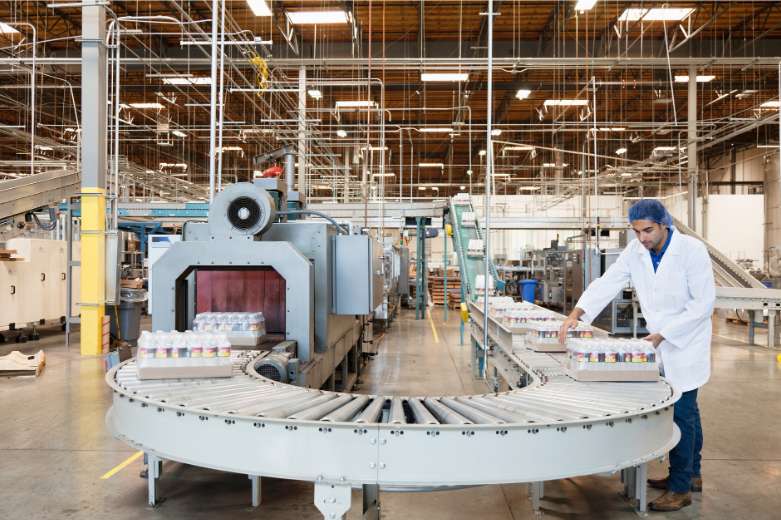
Fixed assets and related cash flows are a substantial part of a business valuation. If they are not adequately recognised it will result in a flawed valuation. In this article, we discuss the treatment of fixed assets in a business valuation.
Many companies have a capital expenditure budget or forecast, based on their capital program and growth strategy. If so, this capex budget or forecast should be included when calculating the underlying forecast cash flows. If not, the capital expenditure of the past and future growth expectations should be considered when extrapolating capital expenditure included in the free cash flow forecast. Remember to exclude fixed property as this is recognised separately in the equity valuation.
Depreciation is another element that is relevant to business valuations. Although only an accounting entry, it is relevant because of the tax break on wear and tear and thereby its impact on future cash flows. Depreciation is a proxy for wear and tear, being the rate at which management believes assets should be written off.
When forecasting depreciation, consider the implied historical depreciation rate as a guide to a credible depreciation rate to be used in the forecast. The average historical depreciation rate can be calculated per separate asset class or even for all assets combined, which could then be applied in the same manner in the forecast. Always keep an eye out for assets that have been fully depreciated and exclude depreciation on those in the forecast.
A sanity check could be to compare the forecast depreciation and capital expenditure with the past to ensure that the forecast does not imply an under- or over capitalised business. It is also important to consider the forecast book value. Ideally, when observing future book values, the curve in such a graph should increase slightly in an inflationary environment if no growth is expected (i.e. only current operating capacity is maintained). This is because the capital expenditure to replace assets is based on current cost, whereas depreciation is based on historical cost. Capital expenditure will thus not be fully offset by depreciation in such an environment, resulting in a rising book value.
It is important to note that the repayments of any assets financed should be disregarded when free cash flows are calculated for the purpose of a DCF valuation. The capital expenditure is already recognised in the free cash flow calculation and the interest on repayments is included as part of the weighted average cost of capital (“WACC”). Furthermore, external debt is deducted from the enterprise value when calculating the equity value. The inclusion of debt repayments in a cash flow forecast will thus result in a duplicated recognition of debt related to fixed assets financed.
The application of a suitable valuation method should also be considered where fixed assets may represent a significant component of a business value. The net asset value (“NAV”) method may be more relevant for capital intensive or even over-capitalised businesses. The market approach, however, is based on earnings multiples and will not necessarily directly reflect the impact of fixed assets in a business valuation. This is because the EV/EBITDA multiple disregards capital expenditure and depreciation while the PE multiple only recognises depreciation, but not capital expenditure.
In conclusion, remember that fixed assets could have a significant effect on business valuations. It is important that reasonable and consistent capital expenditure and depreciation are used in any cash flow forecast. Lastly, ensure the correct valuation method is used, especially for capital intensive and over-capitalised businesses.





